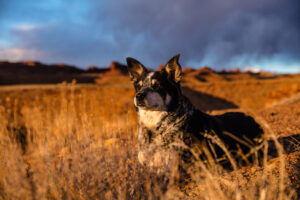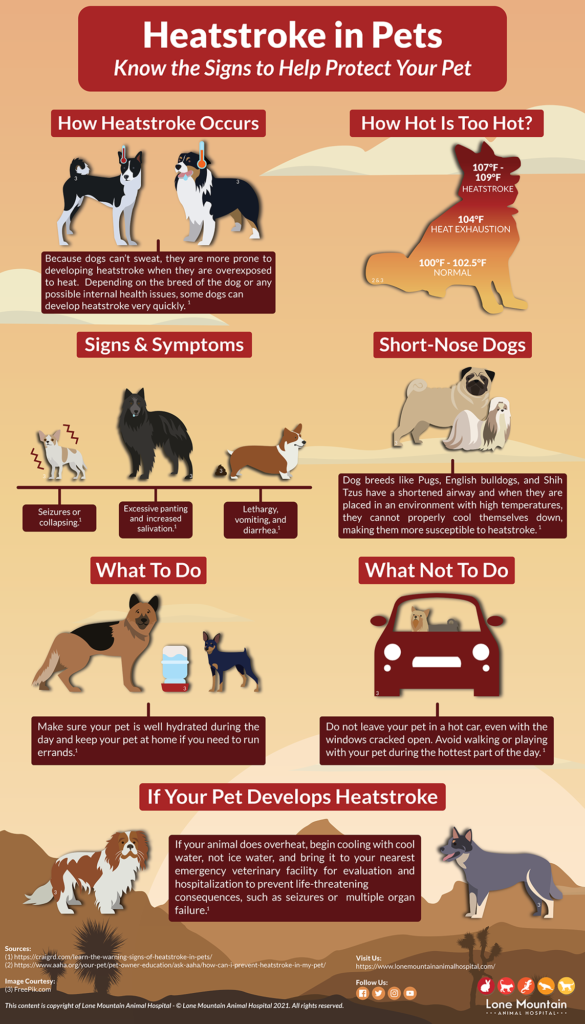Dr. Jenny Mathe explains the signs and causes of heatstroke in pets, and what pet owners can do to prevent this condition from happening so that everyone can enjoy the summer safely and happily.

Heatstroke is a deadly yet completely preventable condition. In the midst of these Las Vegas heatwaves, countless animals are flooding into veterinary hospitals with temperatures of 105 degrees and above, or even deceased on arrival. While there are many ways to help us keep cool, our pets aren’t as lucky as we are when it comes to finding ways to cool off. Heatstroke in pets is completely preventable if you know what signs to look for.

Image Courtesy: Juan Manuel/Unsplash.com
Causes & Symptoms of Heatstroke
Heatstroke is caused by extended exposure to high temperatures, such as unsupervised time outside, confined in a hot space without ventilation, over-exercise, or inability to keep cool. There are several risk factors that increase the likelihood of your pet getting heatstroke. Dogs are more likely to suffer from hyperthermia than cats and certain breeds are more susceptible.
Brachycephalics, or short-faced breeds like pugs, French bulldogs, English bulldogs, etc., have a decreased ability to cool themselves due to their shortened airway making them more at risk to overheat. Obese animals and dark coated animals especially in direct sunlight also have an increased risk.
Heatstroke can be identified by changes in a pet’s behavior associated with being too hot. This includes panting excessively, dulled mentation, or shock signs like vomiting, diarrhea, bright red gums, and red or purple splotches on skin or gums known as petechiae which is a sign of bleeding disorder.
This heartbreaking emergency can easily be prevented by taking the necessary precautions this hot-hot season.
Prevention & Safety

Image Courtesy: Patrick Hendry/Unsplash.com
If your animal does overheat, begin cooling with cool water, not ice water, and bring it to your nearest emergency veterinary facility for evaluation and hospitalization to prevent life-threatening consequences, such as seizures, multiple organ failure, or a bleeding disorder called Disseminated Intravascular Coagulation (DIC).
Do not leave your pet outside for long periods of time, especially during the summer. If they need to be outside to use the bathroom, ensure that cool water is available to them, and bring them inside right after they use the bathroom.
Monitor your pet closely when outside since some dogs (those at higher risk, such as brachycephalic breeds and animals with pre-existing conditions) can develop signs of heat exhaustion within minutes.
Let’s make this a summer of fun, not tragedy.









